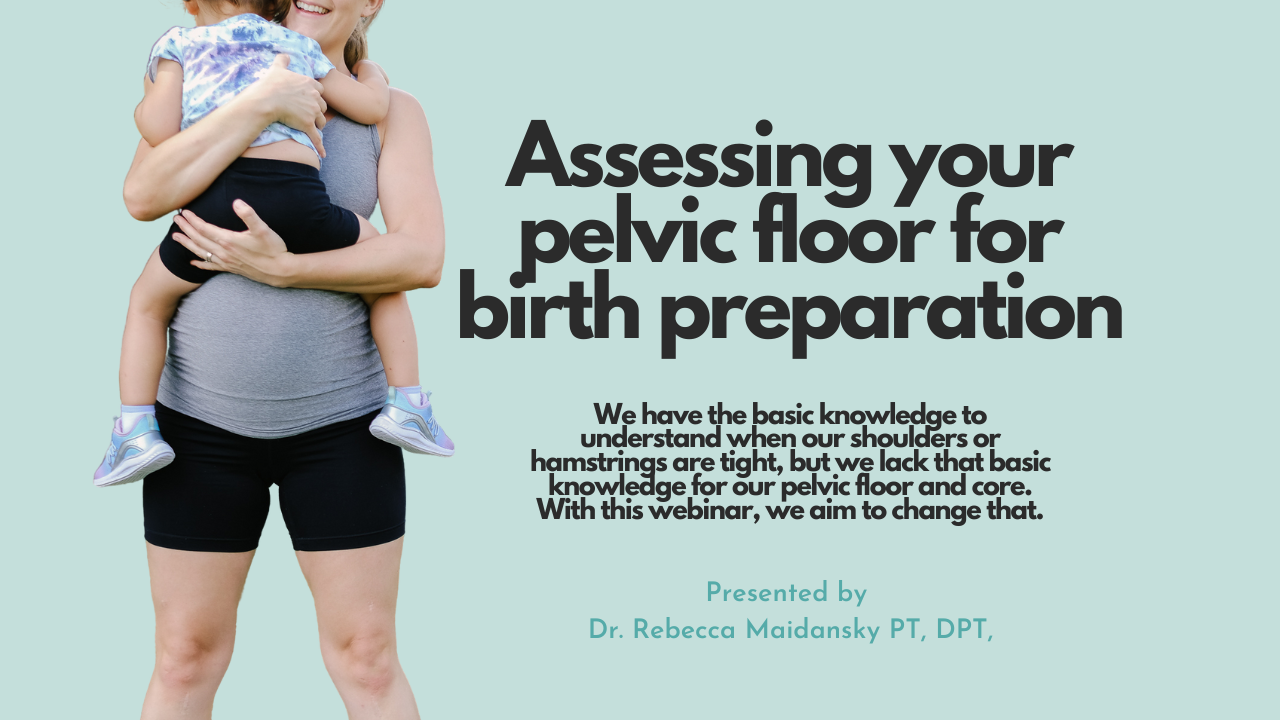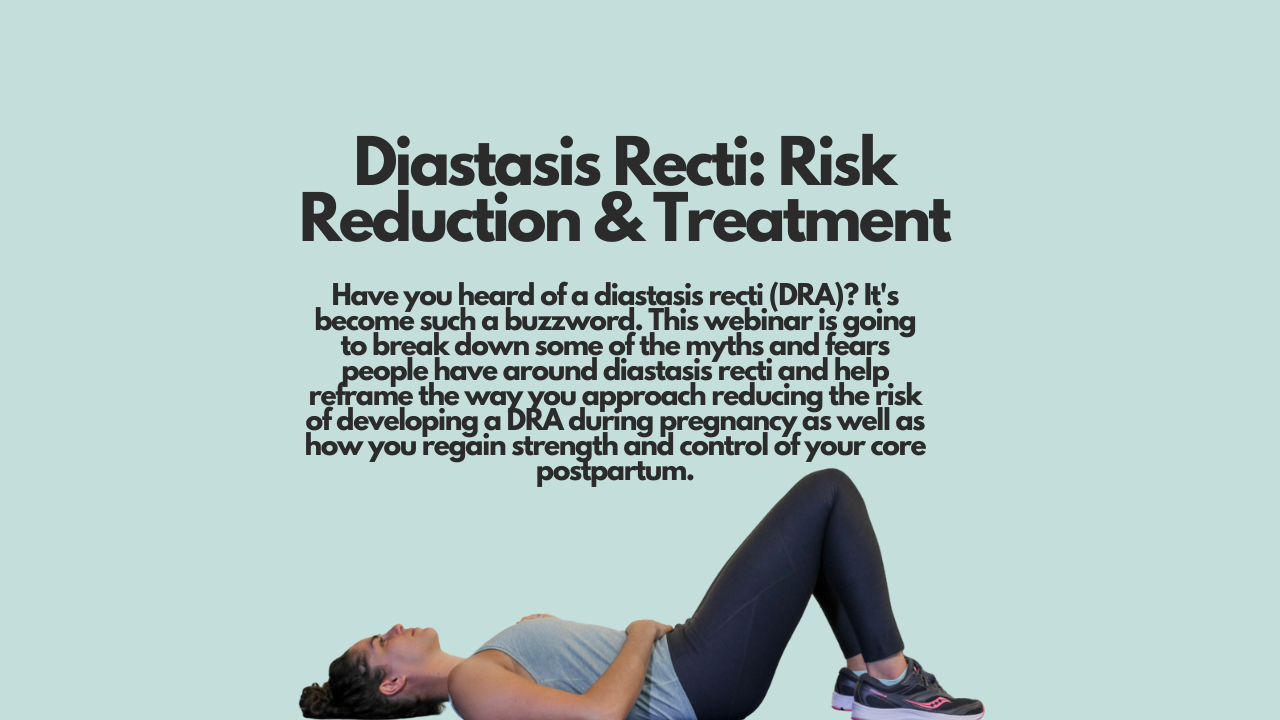
Mini Courses
Upcoming Live
Check back frequently for newly posted dates!
Birth Preparation Pre-Recorded
This 1.5 hour course dives into the following topics:
Background
Birth related terms and acronyms
Common causes of cesareans (planned and unplanned)
Benefits and risks of VBACs
VBAC candidacy & outcomes
Systemic racism & VBACs
Physical therapy to support VBACs
Whether you're trying to conceive and wondering if you've always had pelvic floor tension, preparing for birth and wondering if you have a tight pelvic floor, or recovering postpartum and not sure if you even know how to contract your pelvic floor muscles, this is is for you. This course covers:
Anatomy & function of the pelvis, pelvic floor, vulva & abdominals
Understanding what pelvic floor symptoms may mean
Understanding the optimal pelvic health assessment
Walking through what we can realistically self examine
Demonstrating and practicing self palpation of the abdomen and pelvic floor
Providing recommendations for those who found pelvic floor tension and weakness
Postpartum Recovery Pre-Recorded
Addressing Prolapse Symptoms Non-Surgically
The diagnosis of a pelvic prolapse can sound scary, but what does it really mean? Prolapse is more common than you think and there is so much you can do about it, without surgery. Exercise and activity modifications can help address your symptoms, reducing the risk of them worsening over time during subsequent pregnancies and as you age. Join us on March 29th at 4 PM to hear Dr. Jessica Chastka, PT, DPT, WCS discuss:
What is a prolapse? What are the causes? Prevalence? Grades?
What are non surgical options for managing and prolapse?
How do we reduce the risk of prolapse symptoms worsening in subsequent pregnancies?
What are common myths concerning a diagnosis of prolapse?
*Recording available to all who register
Register to learn:
The anatomy of a diastasis recti
How common DRA is and why that's the case
DRA prevention and risk reduction
How to minimize the severity of a diastasis recti
A demonstration of how to assess your DRA
If there there really exercises you should avoid?
Where you can start rehabbing your core and how to progress in the future
3 basic exercises to address your diastasis recti
Being “cleared” for exercise at 6 weeks is not enough and there is so much more to returning to exercise postpartum then waiting to be cleared! Register for this mini-course to learn about:
Pelvic floor as well as core anatomy and function of these systems
The impact of pregnancy, birth (vaginal & cesarean) and recovery on the pelvic floor and core
Common postpartum symptoms and why they occur
How these commons symptoms are treated
Appropriate timelines and expectations for postpartum recovery and exercise
Where and when you can begin exercising after childbirth (vaginal and cesarean)
How can you appropriately progress through the fourth trimester & beyond
Register to learn about:
Relevant vulvar pelvic floor anatomy so you can better understand your pain
The three main causes of pain with sex postpartum
Tools, exercises and techniques that can help you manage each of these three factors
Tips & tricks to improve your sex life after childbirth






